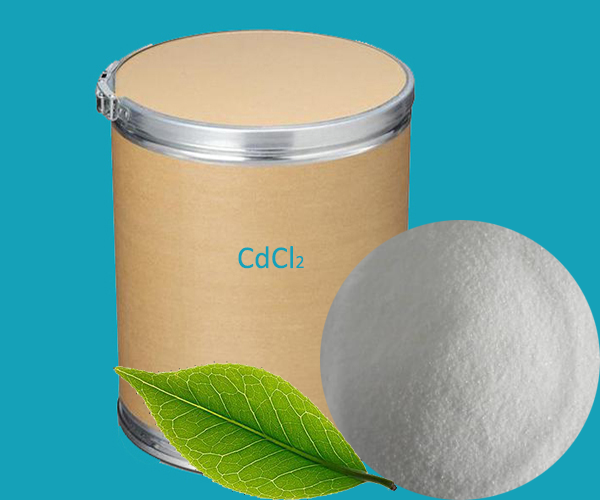Cadmium chloride (CdCl2) is an inorganic compound that consists of cadmium and chlorine. It usually occurs as colorless or white crystals, has a high melting point (about 568 °C), is soluble in water, and ionizes into Cd²⁺ and Cl⁻ ions in water. The solubility of cadmium chloride in water increases with increasing temperature.
Cadmium chloride is mainly used in industry as a catalyst in electroplating, metallurgy, organic synthesis, and the production of other cadmium compounds.
1. Electroplating: Cadmium chloride is used in the electroplating industry, especially in the surface treatment of steel, aluminum, and other metals, to improve the corrosion resistance and appearance of metals.
2. Metallurgy: In the metallurgical industry, cadmium chloride is used as a solvent to help extract and refine metals.
3. Catalyst: Cadmium chloride is used as a catalyst in organic synthesis, especially in polymerization reactions and coupling reactions.
4. Manufacture of copper sulfate: Cadmium chloride is used in the production of copper sulfate, an important agricultural chemical that is used as a trace element fertilizer for plant growth.
5. Glass and ceramic coloring: Cadmium chloride is used in the glass and ceramic industry as a red or yellow colorant.
6. Optoelectronic materials: Cadmium chloride can be used to make certain types of photodetectors and other optoelectronic devices.
 English
English Español
Español Português
Português Français
Français Deutsch
Deutsch Русский
Русский 中文
中文 日本語
日本語
